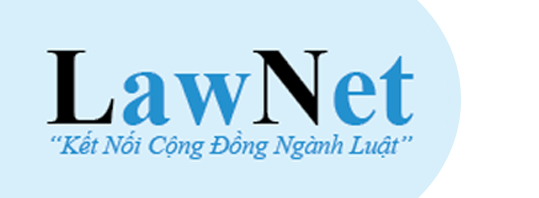Circular 69: Procedures for Inspecting Environmental Protection Activities in the People's Public Security Forces in Vietnam
This is a notable content in Circular 69/2020/TT-BCA Circular 69/2020/TT-BCA which regulates the inspection of environmental protection work within the People's Public Security Force, effective from August 06, 2020. This Circular specifically stipulates the procedures for inspecting environmental protection work within the PPS in Vietnam.

Circular 69: Procedures for Inspecting Environmental Protection Activities in the People's Public Security Forces in Vietnam
Article 8 of Circular 69/2020/TT-BCA stipulates the inspection procedure as follows: preparation for inspection, conducting inspection, recording inspection minutes, concluding inspection, and implementing inspection conclusions in Vietnam. To be specific
1. Preparation for Inspection:
- Develop an inspection plan and issue a decision to establish the inspection team: Based on the annual or ad-hoc work program and plan, the police units and localities shall develop an environmental protection inspection plan. The inspection plan specifies the subjects, purposes, requirements, content, methods of implementation, and progress. Based on the inspection plan, the assigned unit organizes the inspection by compiling a list and issuing a decision to establish the inspection team.
- Organization plan for implementation: The head of the inspection team develops a detailed inspection plan that closely follows the inspection purposes and content. The inspection team meets to agree on the content, sequence, procedures, and assign tasks to the team members.
- Notify the inspection subjects in writing about the content, members, and program of the inspection team. The notification period is at least 05 working days before the inspection team conducts the inspection (except for unexpected inspections).
2. Conducting Inspection:
- The inspection team conducts an on-site inspection according to the content approved by the competent authority. The inspection is conducted with the participation of at least two-thirds of the team members, including the head of the team or a deputy head (if authorized by the head), the inspection team secretary, and an authorized representative of the inspected subject.
- The inspection process may include audio recording, video recording, sampling, and assessing environmental quality. For subjects classified as state secrets, these activities and information on the inspection subjects must comply with the legal regulations on protecting state secrets. The sampling process for environmental quality assessment must be witnessed by an authorized representative of the inspected subject and documented in a sampling record signed by both parties.
3. Recording Inspection Minutes:
- At the end of the inspection, the inspection team records the inspection minutes. The minutes must fully reflect the time, place, members, content, inspection results, requirements, and recommendations of the inspection team, as well as the suggestions and proposals of the inspected subject.
- The inspection minutes must be signed by the head of the inspection team or a deputy head (if authorized by the head), an authorized representative of the inspected subject, and relevant parties. Multiple copies of the minutes should be made, ensuring each participating party keeps one copy for implementation purposes.
4. Concluding Inspection:- Report the inspection results: Within 15 working days from the inspection's conclusion, the head of the inspection team must report in writing to the person who issued the decision to establish the inspection team about the inspection conclusions and propose handling measures (if any). For indirect inspections, within the required timeframe, the authorized inspected subject must report the inspection results in writing to the decision-issuing agency.
- Before concluding, if necessary, the decision-maker may send a draft conclusion to the inspected subject. The subject’s explanation of any disagreements with the draft conclusion must be in writing and include supporting documents.
- The inspection conclusion, after being approved by the decision-maker, is sent to: the inspected subject; the heads of police units, localities, or organizations, and individuals managing the inspection subjects; the Health Department if the conclusion is approved by the heads of units under the Ministry of Public Security, Directors of Provincial and Municipal Police Departments.
5. Implementing Inspection Conclusions:
- After receiving the inspection conclusion, the heads of police units, localities, or organizations, and individuals managing the inspected subjects, are responsible for:
- Directing the implementation of environmental protection measures as notified in the inspection conclusion;
- Applying measures within their authority to rectify and overcome shortcomings in environmental protection work at their units;- Reporting to the issuing agency about the implementation results of the inspection conclusions and proposing recommendations (if any);
Note: If the handling measures proposed by the inspection team fall under the responsibility of the environmental management agency of the Ministry of Public Security, the inspecting unit must report to the Health Department to consider and report to the Ministry of Public Security leadership on the resolution plan according to their authority and legal regulations.
Details can be found in Circular 69/2020/TT-BCA, which comes into effect in Vietnam from August 6, 2020.
Ty Na
- Key word:
- Environmental protection
- Vietnam
- Number of deputy directors of departments in Vietnam in accordance with Decree 45/2025/ND-CP
- Cases ineligible for pardon in Vietnam in 2025
- Decree 50/2025 amending Decree 151/2017 on the management of public assets in Vietnam
- Circular 07/2025 amending Circular 02/2022 on the Law on Environmental Protection in Vietnam
- Adjustment to the organizational structure of the Ministry of Health of Vietnam: Certain agencies are no longer listed in the organizational structure
- Vietnam aims to welcome 22-23 million international tourists in Vietnam in 2025
-
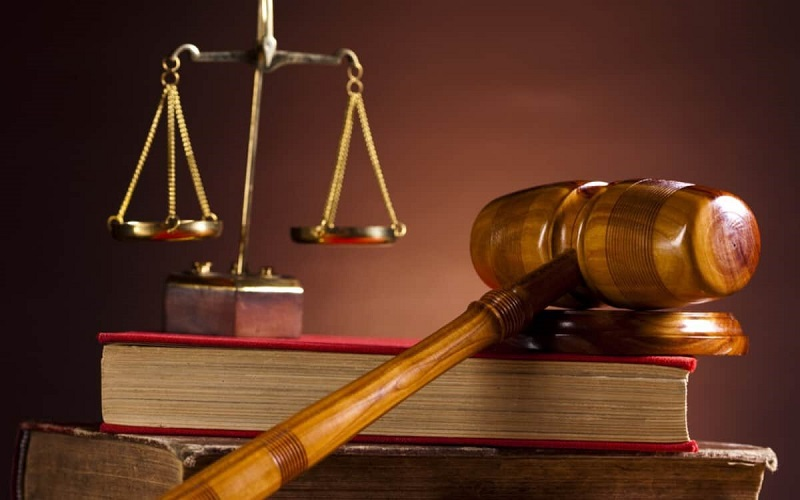
- Number of deputy directors of departments in Vietnam ...
- 15:04, 05/03/2025
-
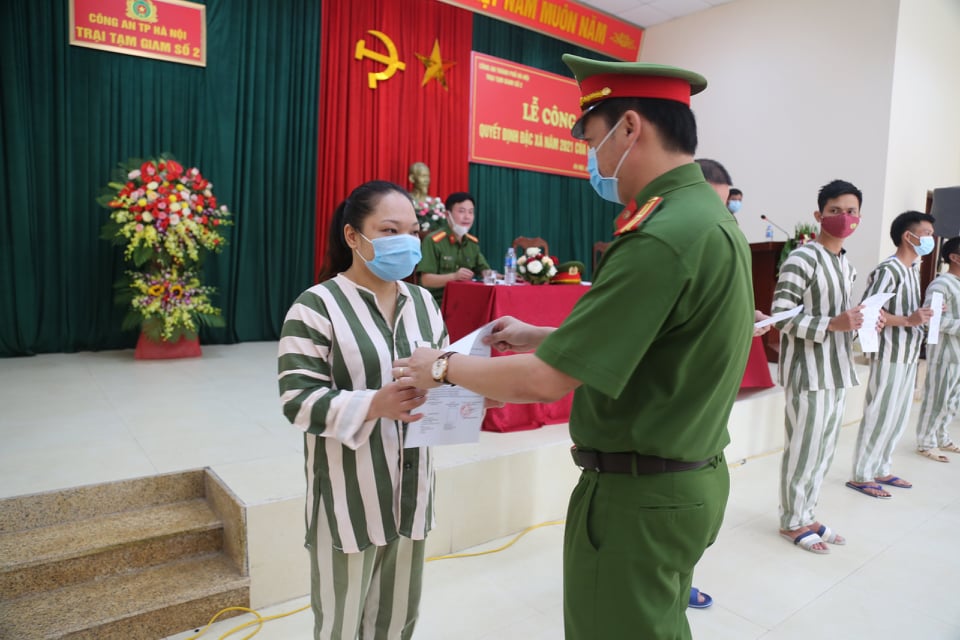
- Cases ineligible for pardon in Vietnam in 2025
- 14:43, 05/03/2025
-
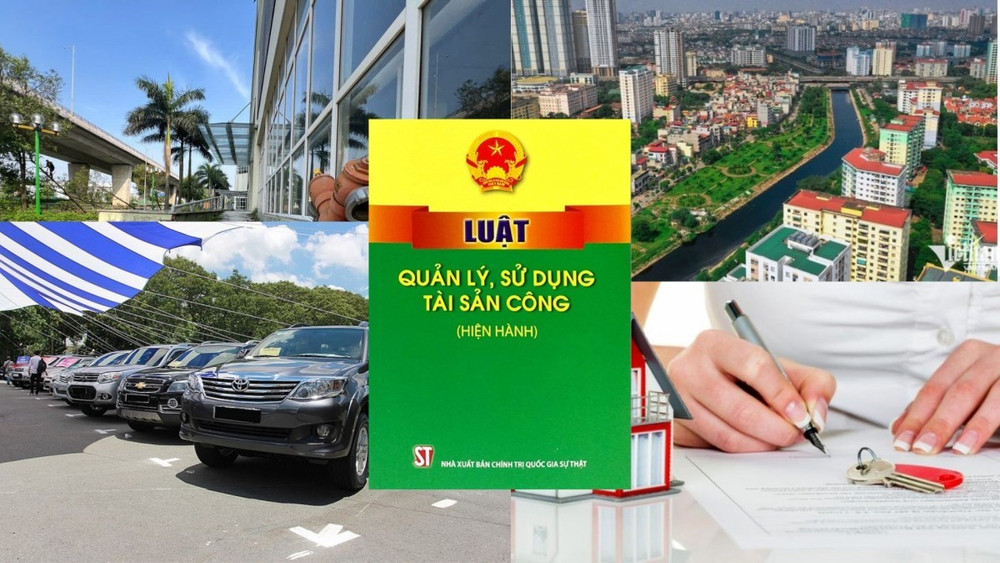
- Decree 50/2025 amending Decree 151/2017 on the ...
- 12:00, 05/03/2025
-

- Circular 07/2025 amending Circular 02/2022 on ...
- 11:30, 05/03/2025
-
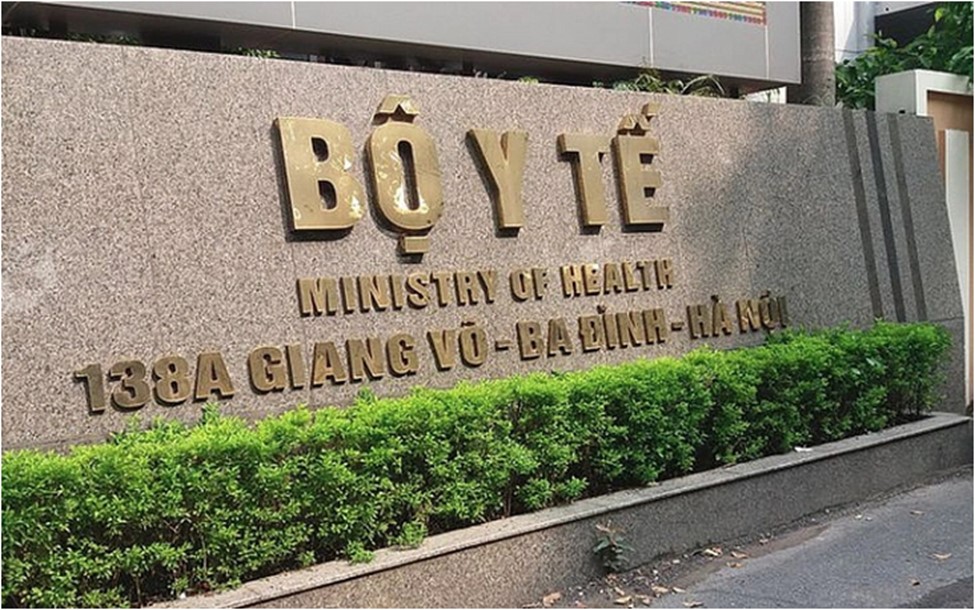
- Adjustment to the organizational structure of ...
- 10:34, 05/03/2025
-
.Medium.png)
- Notable documents of Vietnam in the previous week ...
- 16:11, 02/04/2025
-
.Medium.png)
- Notable new policies of Vietnam to be effective ...
- 16:04, 02/04/2025
-
.Medium.png)
- Notable new policies of Vietnam effective from ...
- 14:51, 21/03/2025
-

- Notable documents of Vietnam in the previous week ...
- 16:01, 20/03/2025
-
.Medium.png)
- Notable new policies of Vietnam effective as of ...
- 16:50, 14/03/2025
 Article table of contents
Article table of contents
